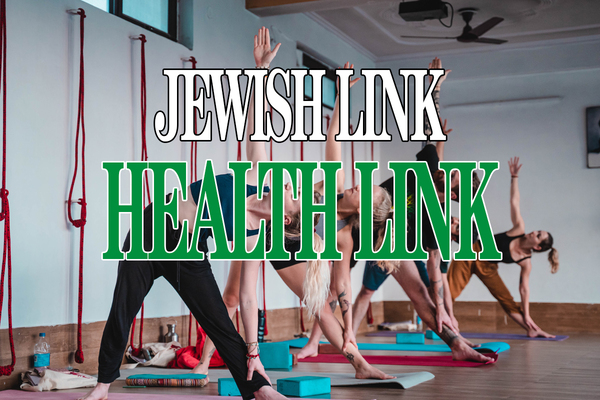Modality is a term physical therapists use to categorize different therapeutic tools that help produce a physiologic change in the body (e.g.,. pain relief, decrease in swelling, muscle relaxation). Common examples of modalities include (but are not limited to) hot pack, ice pack, electrical stimulation (E-stim), laser therapy, ultrasound and traction.
The goal for using modalities is usually to help decrease pain. In many cases, clients/patients tend to grow very fond of these modalities, and sometimes even rely on them for everyday function with less pain. While there is nothing wrong with modality use, making sure the proper use in combination with other physical therapy treatments is important. This ensures optimal patient outcomes and decreases reliance on modalities forever. For example, some patients need to sleep with a hot pack on their back all night to get a few hours of sleep. This poses safety hazards for the skin as well as electrical/fire safety. Additionally, the hot pack isn’t solving the problem at hand.
If you are currently under PT care and notice the majority of treatment sessions are modality based, it’s important to speak up and ask questions about the purpose of the modalities. If you start with a hot pack for 10 minutes on the treatment area, with an additional 10 minutes of ultrasound, then perform 10 minutes of exercise, and finish up with 10 minutes of heat with E-stim, this may not be the best use of your 40-minute session. Ideally, the therapist will determine your treatment plan based on your pain levels, activity tolerance, exercise experience, etc. In initial phases of acute injuries, sometimes increased modality use is validated.
For example, if a patient comes in with 10/10 pain levels and cannot even tolerate any soft tissue release or bed level exercise, E-stim may be an appropriate place to start. E-stim helps decrease muscle spasms and helps reduce pain levels using adjustable electric currents. Many people have the smaller versions at home, called TENS units. They help disrupt the pain signals to the brain to decrease pain levels. Another good example of appropriate modality use is with post-op surgery patients. If a patient has had a recent knee replacement or rotator cuff repair, ice/compression machines are very helpful to reduce swelling and provide pain relief. Similarly, if a patient comes in with 8/10 low back pain after sitting at his/her desk all day and wants to improve tolerance to the PT exercise program, throwing on a hot pack for a few minutes can be helpful to decrease muscle tightness so the patient can perform the exercises with minimal pain/soreness.
The key is to gradually wean off the use of modalities and use more of the treatment time towards therapeutic activities and exercise. The effects of modalities are temporary; they only last while using the modality and maybe a short while after. Participation in an appropriate exercise and mobility program are more beneficial in the long run and help decrease risk of injury and decrease pain levels over time by improving strength, mobility and range of motion in affected areas. Additionally, many modalities are not skilled treatments (such as hot/cold packs or E-stim). If you are seeing a PT, it is a good idea to take advantage of the skilled treatments a therapist can provide; soft tissue release, mobilizations, exercise prescription, etc.
The best case scenario is combining modalities with skilled PT treatment, but managing the timing of each wisely. As mentioned, using a modality to decrease pain can help improve tolerance to PT programs. Once you are able to fully participate in a PT exercise program, gradually weaning off modalities and spending more time on advancing strength and mobility is more beneficial in the long-term. And if you have occasional flare-ups or general aches, there is nothing wrong with throwing on a hot pack or ice pack at home at the end of a long day (as long as safety measures are in place). A good therapist will make sure you have the tools needed at home to manage any flare ups, aches, and pains that will come up, prioritizing movement as the first line of defense.
Keep in mind that at the end of the day, modalities can be very helpful for pain management but will not solve the main problem. A physical therapist will conduct a thorough evaluation to help get to the root/source of pain and prescribe an appropriate treatment plan individualized just for you.
Not sure where to start or have any questions? Book a consultation with your friendly neighborhood physical therapist.
Jenny is a local private physical therapist and owner of Next Step PT. She specializes in general orthopedics for adults and teens, pregnancy and postpartum, running gait analyst, is a pelvic floor specialist and more. For a free PT consultation or more information, contact nextsteppt123@gmail.com










